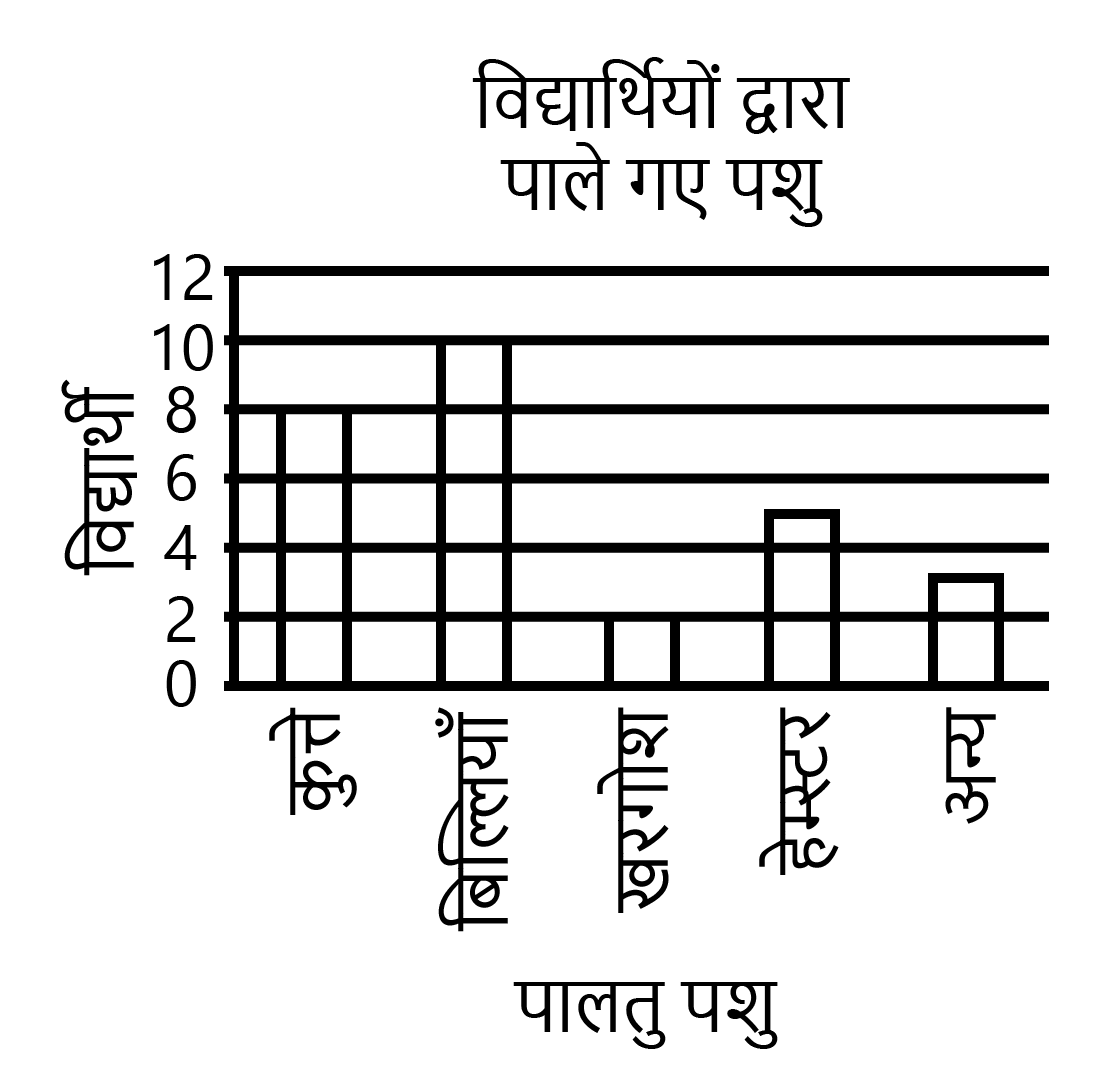NCERT Solutions For Class 7 Maths Chapter 3 Data Handling in Hindi - 2025-26
FAQs on NCERT Solutions For Class 7 Maths Chapter 3 Data Handling in Hindi - 2025-26
1. How do Vedantu's NCERT Solutions for Class 7 Maths Chapter 3 help in solving problems correctly for the 2025-26 session?
Vedantu's NCERT Solutions for Class 7 Maths Chapter 3 provide a reliable, step-by-step methodology for every problem in the textbook. Each solution is crafted by subject matter experts as per the latest CBSE guidelines, ensuring you understand the correct method to arrive at the answer, which is crucial for scoring well in exams.
2. What key topics are covered in the NCERT Solutions for Data Handling, Chapter 3?
The NCERT Solutions for this chapter guide you through all essential concepts of Data Handling. The main topics you will learn to solve problems on are:
Collecting and organising data.
Calculating measures of central tendency: mean, median, and mode.
Finding the range of a given dataset.
Constructing and interpreting single and double bar graphs.
Understanding and calculating basic probability.
3. How should I approach solving questions on mean, median, and mode in Exercise 3.2 using the NCERT Solutions?
When using the NCERT solutions for Exercise 3.2, first understand the formula for each measure. For the mean, follow the steps for adding all observations and dividing by the number of observations. For the median, the solutions will show the critical first step of arranging data in ascending order before finding the middle value. For the mode, identify the number that appears most frequently, as demonstrated in the solved examples.
4. Why is it important to arrange data in ascending or descending order before finding the median, as shown in the NCERT solutions?
The solutions emphasise arranging data first because the median is defined as the middle value of an ordered dataset. Without arranging the data, the value you pick as the 'middle' would be arbitrary and incorrect. Arranging the data ensures you accurately identify the central point that divides the dataset into two equal halves.
5. What is the correct method for constructing a double bar graph as per the solutions for Exercise 3.3?
The NCERT solutions for Exercise 3.3 illustrate that for a double bar graph, you must first choose an appropriate scale. Then, for each category on the x-axis, you draw two adjacent bars representing the two different sets of data. It is crucial to use a key or legend to clearly indicate what each bar in the pair represents, ensuring the graph is easy to compare and interpret.
6. When solving problems in Chapter 3, how do I decide whether to use mean, median, or mode?
The choice depends on the type of data and what you want to represent. The mean is the average and is useful for a general overview, but it can be affected by very high or low values (outliers). The median is the middle value and is better when there are outliers. The mode is used to find the most frequent or popular item in a set. The NCERT solutions provide examples where you can see the application of each in different scenarios.
7. What is a common mistake students make when calculating the range, and how do the NCERT solutions help prevent it?
A common mistake is forgetting to identify the absolute highest and lowest values in the dataset before subtracting. Students sometimes pick two random values. The NCERT solutions consistently show the correct method: first, identify the maximum value and the minimum value from the entire set of observations, and only then calculate the range by subtracting the minimum from the maximum. This reinforces the correct procedure.
8. How do the solutions for the probability questions in this chapter relate to the concept of data handling?
Probability is a way of handling data that involves uncertainty. The solutions demonstrate that to find the probability of an event, you first need to handle the data by identifying the total number of possible outcomes and the number of favourable outcomes. This process of counting and categorising outcomes is a direct application of data handling skills learned in the earlier exercises of the chapter.























